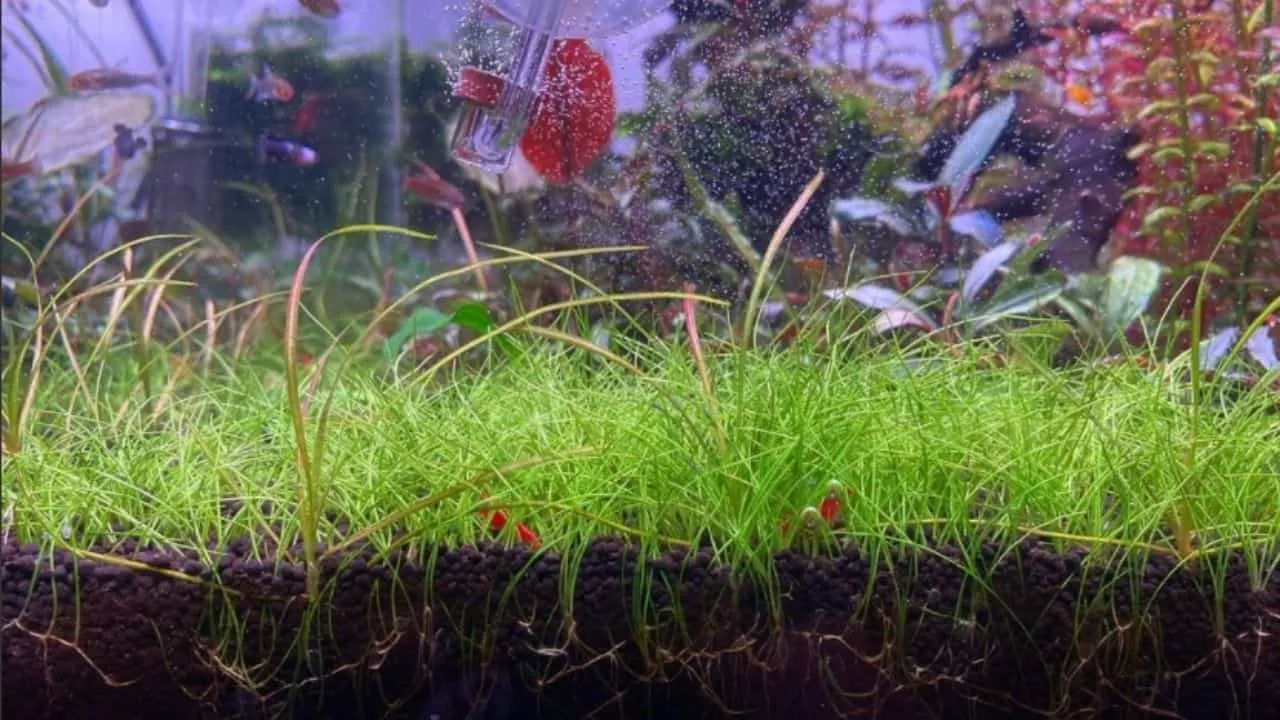Every fish keeper knows keeping a healthy tank is not always straightforward.
You must keep track of things, from washing the aquarium to nourishing your fish.
Unfortunately, many hobbyists forget the importance of keeping track of aquarium lighting hours.
Aquarium lights accomplish much more than simply making your fish more noticeable and pleasant to enjoy.
Let’s talk about the hours of light needed by various aquarium plants.
Table of Contents
How Many Hours of Sunlight Do Aquarium Plants Need?
Mid-ground plants in the aquarium need around 8 hours of light throughout the day. On the other hand, carpet plants need about 12 to 14 hours of sunlight to thrive. Lastly, the background plant will do best in moderate to low light for a few hours.
Light Requirement for Mid-Ground Aquarium Plants
Plants that grow in the middle of the ground are usually low maintenance. They prefer light that is dim to mild.
These species will be able to develop and thrive in your aquarium with just 8 hours of light per day.
The good aspect about such plants is that they’ll still look lovely in your tank even if they don’t need much upkeep. The following are among the most prominent mid-ground plants:
Chain Sword of the Pygmies
Wouldn’t it be great if you could grow some grass in your fish tank? If the notion appeals to you, this is the plant for you because it looks like regular grass.
They’re attractive, also part of the known mid-ground plants. To stay healthy and happy in your aquarium, they need to be exposed to mild light for 8-10 hours.
Green Tiger Lotus
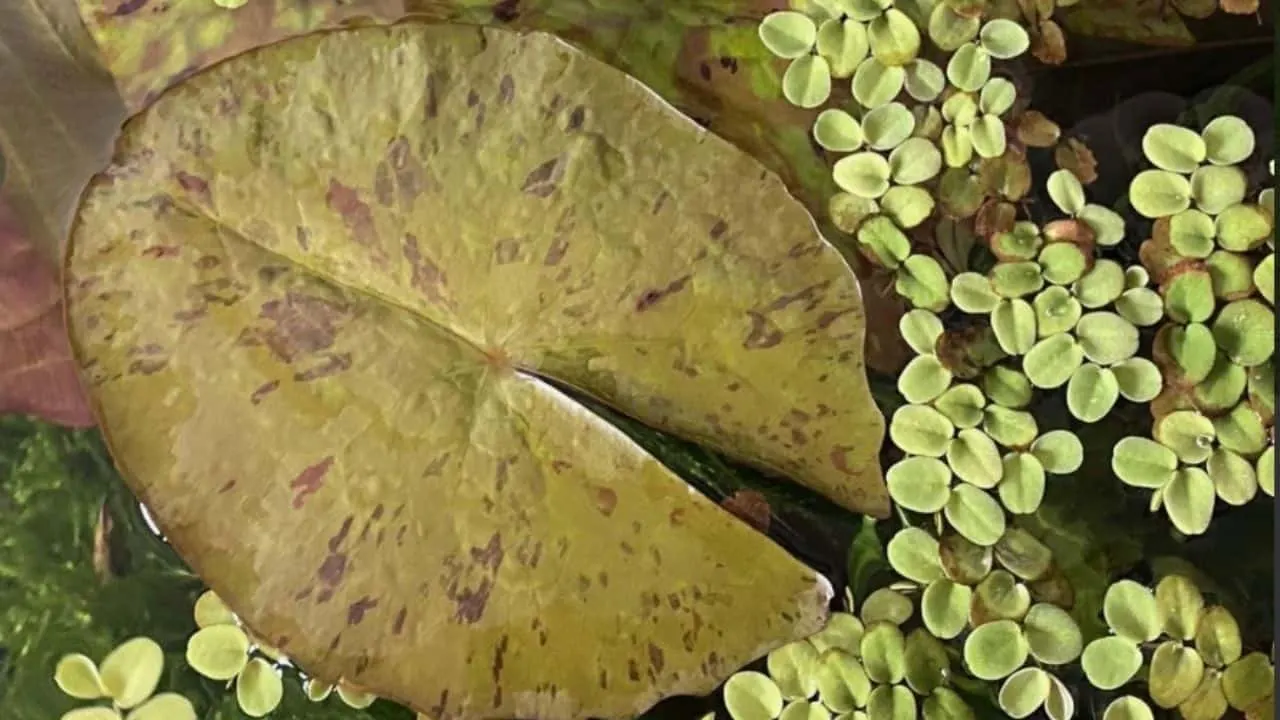
Photo Credit: @i.am.adonis on Instagram!
This lovely plant doesn’t need much attention. This plant is quite self-sufficient in the proper conditions.
It doesn’t need too much or too little light regularly.
Light Requirement for Carpet Aquarium Plants
Carpet plants are located near the aquarium’s base, as their names imply. These plants, in most cases, blanket the aquarium’s bottom like a mat.
To thrive at the base, they demand moderate to high light.
They are extremely fussy, and you’ll need to leave the light on for 12–14 hours to keep them healthy.
Below are some of the most famous carpet plants:
Dwarf Baby Tears
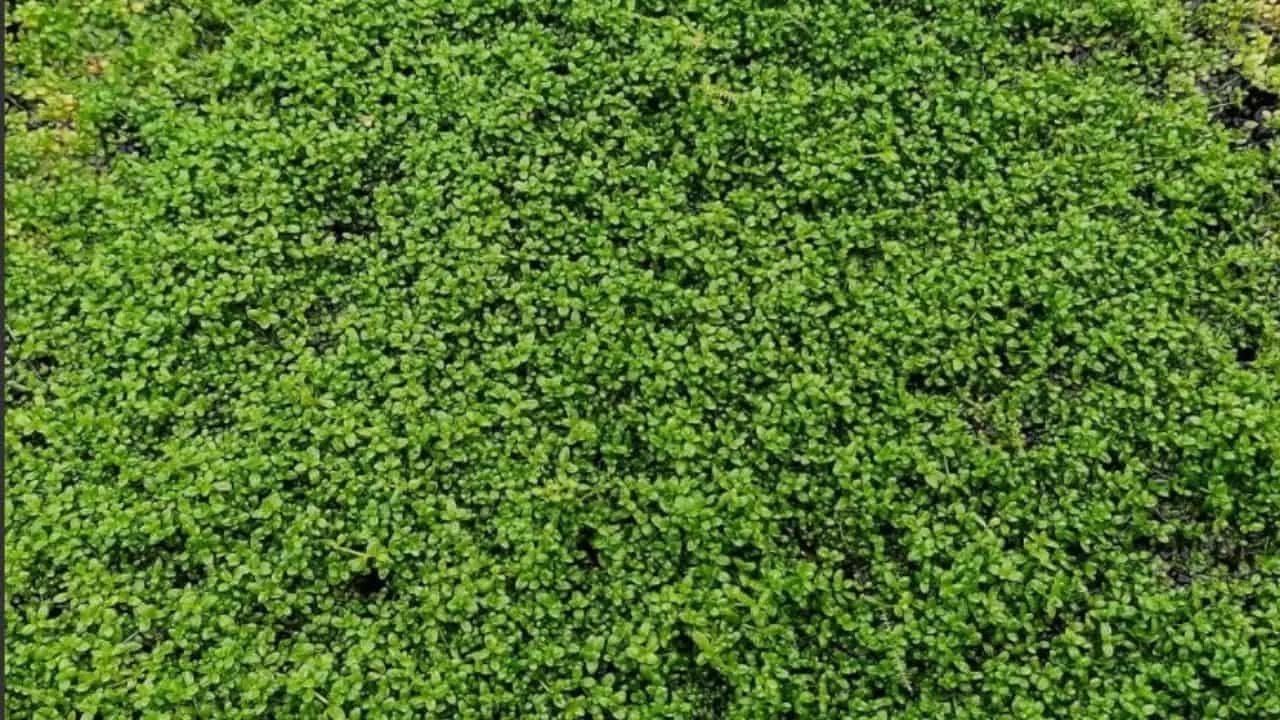
Photo Credit: @christel.kasselmann on Instagram!
This is a lovely carpet plant that thrives even in the smallest tanks.
This plant needs plenty of light in tiny and deep aquariums, so make sure the lights are on for an acceptable amount of time each day.
Lilaeopsis
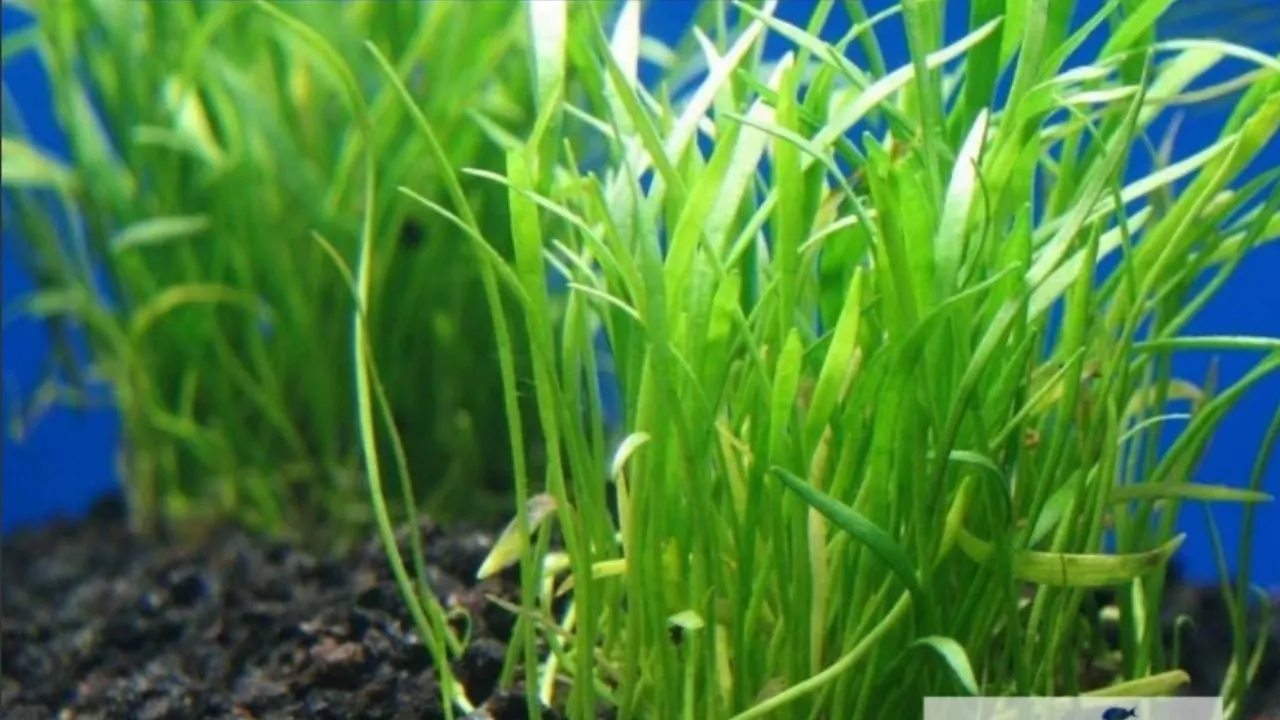
Photo Credit: @acuahabitat on Instagram!
Another well-known carpet plant that thrives in medium to high light is Lilaeopsis.
If your aquarium’s fish require more than 12-14 hours of light each day but still like medium amounts, this is the carpet plant for you.
It is because it may develop under moderate light while being comfortable for your fish.
Light Requirement for Background Aquarium Plants
Background plants are widely used for a variety of reasons. This includes concealing tank machinery, offering a pleasant hiding spot for fish, and even creating dimensions to the tank.
Background plants are simple to cultivate and maintain, but they do require a specific amount of light.
The following are among the most preferred background plants:
Amazon Sword
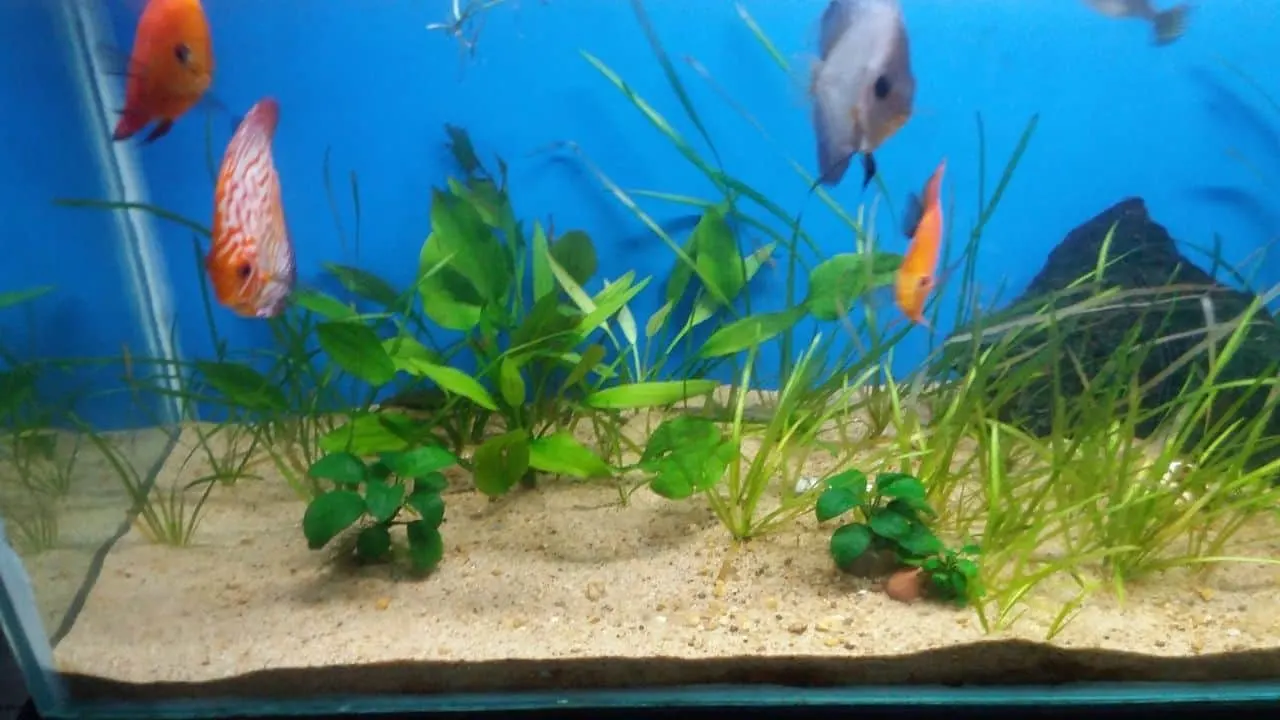
This is a great plant for the background that demands only low to medium exposure daily.
This implies it will thrive in your tank even if you don’t spend much money on lights.
Pondweed
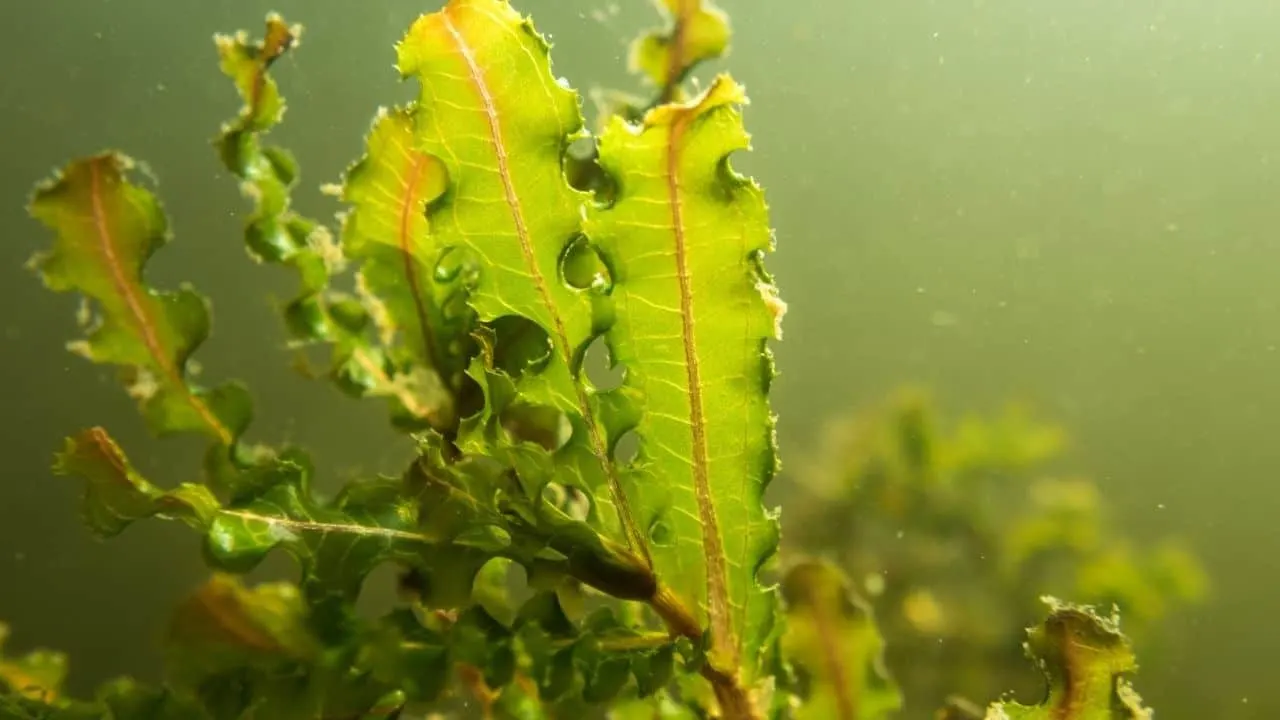
Pondweed, like other stem plants, prefers to grow in areas with lots of light. It may thrive in medium light too.
However, its development depends on the quantity of light it gets each day.
It is less likely to excel in low to moderate light. It will require 8 to 10 hours of exposure to the light.
Why the Right Amount of Light is Important
All aquatic plant needs light for photosynthesis, which is vital for their development and performance. Plants can take the carbon dioxide gases that the fish exhale with the help of proper lighting.
The development of tiny life termed algae is caused by too much light. When that is the case, a sort of moving algae can bloom, turning the water green.
So, when algae soon start to stick to your aquarium plants, better clean those algae right away.
Plants struggle when there’s too little sunlight. But with the perfect amount of light, tiny patches of green algae develop on the top of stones and the edges of a glass tank.
Some alga is good since it attracts fish and contributes to the natural appearance of a positive and healthy fish tank.
If a tank is situated close to a sunny spot, it may only require 5 hours of fluorescent lights every day. However, algae development will be out of hand in the bright sun even with no artificial light.
A tank must be positioned where the bright sun hardly touches it for the best results. Artificial lighting has to be on for at least 8 hours each day.
It can be left on for up to 12 hours if the enthusiast prefers better sight in the night.
Problems Faced if You Provide Too Much or Too Little Light
When your tank lacks the proper quantity of light, it indicates that it is out of harmony. We’re always striving for a balance because a good aquarium is regulated.
Algae growth is a common indicator of unbalances in your tank.
Plants will take all of the nutrients in the water and develop steadily in a well-balanced aquarium. They require light, food, and CO2 to achieve this.
The plant will thrive if it receives sufficient nourishment, CO2, and light. When there isn’t enough light, it won’t work.
Brown algae will begin to bloom in your tank in such a case.
All of your aquarium flora will thrive as rapidly as they can when there is too much light.
However, when there is an abundance, and a lot of minerals are present, green algae will often devour the balance of the nutrient content.
Frequently Asked Questions about How Many Hours of Sunlight Do Aquarium Plants Need
How long should you keep the aquarium lights on?
It takes 10 to 12 hours every day to give enough light to animals and plants. Lighting can be made easy by setting a timer or selecting a unit with built-in timing–just set it and leave it.
Can you give the aquarium plant light 24/7?
Giving the aquarium plant light 24/7 is not considered a good idea. It only leads to the development of algae in your aquarium, which is harmful both for plants and fish.

Daniel has been a plant enthusiast for over 20 years. He owns hundreds of houseplants and prepares for the chili growing seasons yearly with great anticipation. His favorite plants are plant species in the Araceae family, such as Monstera, Philodendron, and Anthurium. He also loves gardening and is growing hot peppers, tomatoes, and many more vegetables.


